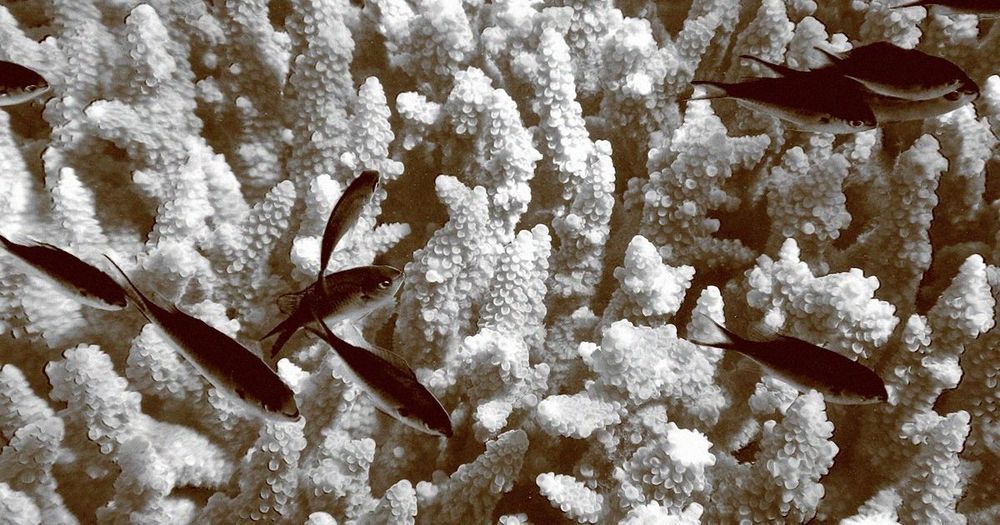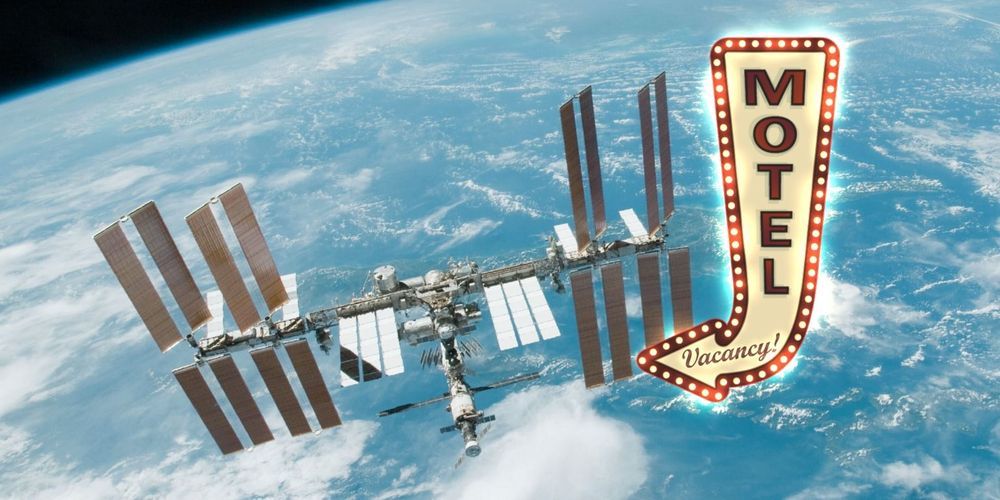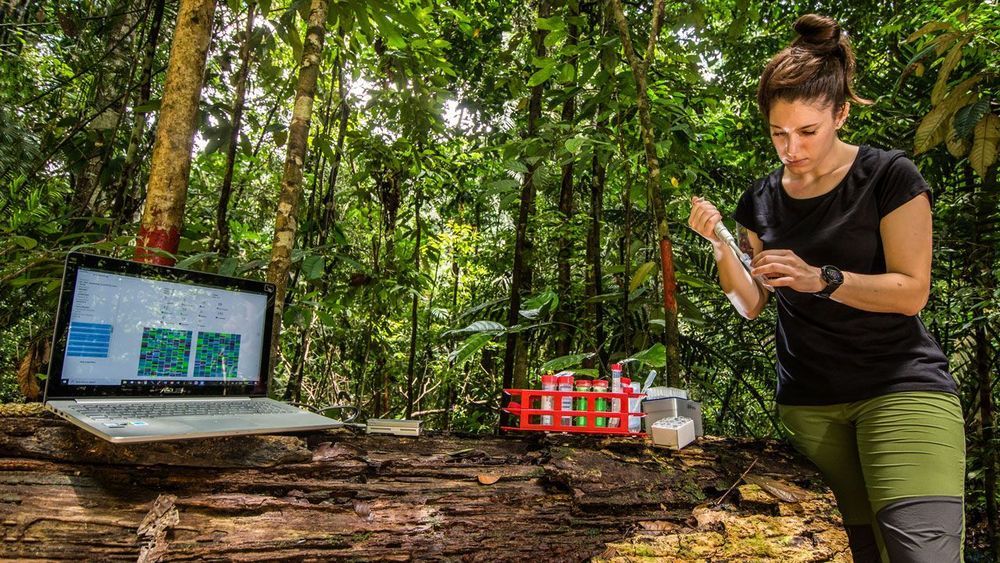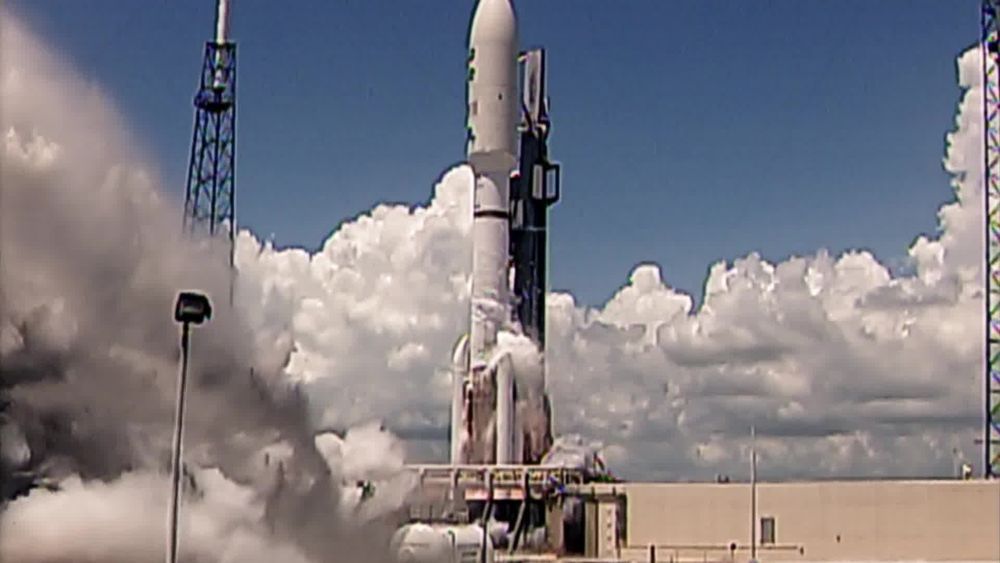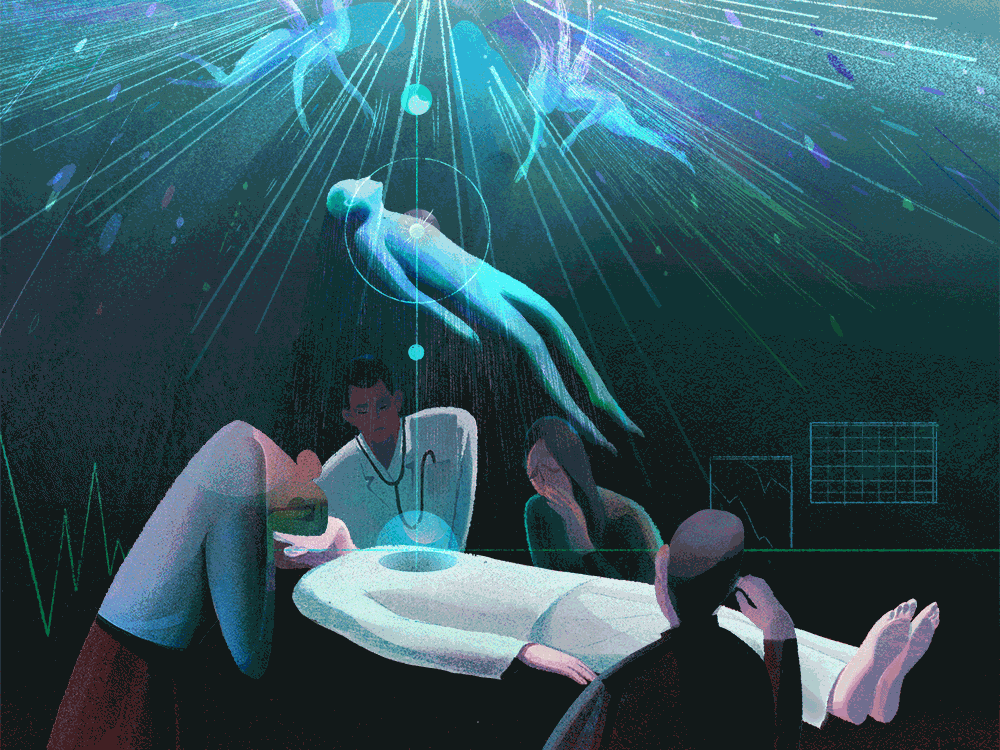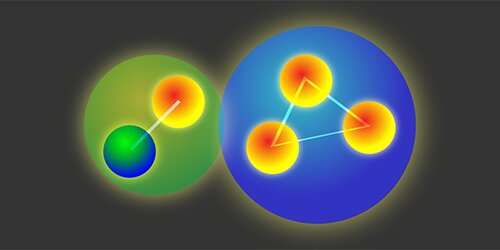The drone is adapted from a robot that killed off coral’s predators.
Researchers have discovered that the human body’s 3 trillion cells aren’t clones of a single DNA sequence, as is widely believed. Instead, the cells of the human body contain a plethora of altered DNA, called mutations. These multiply to produce patches of tissue, called “somatic clones,” inside the ‘normal’ tissue. The scientific term for this phenomenon is mosaicism.
For centuries biologists have identified new species at a painstakingly slow pace, describing specimens’ physical features and other defining traits, and often trying to fit a species into the tree of life before naming and publishing it. Now, they have begun to determine whether a specimen is likely a novel species in hours—and will soon do so at a cost of pennies. It’s a revolution driven by short stretches of DNA—dubbed barcodes in a nod to the familiar product identifiers—that vary just enough to provide species-distinguishing markers, combined with fast, cheap DNA sequencers.
As massive global effort launches, portable DNA sequencers also allow species identification in the field.
NASA’s Juno Mission to Jupiter
Posted in space
A beautiful abyss. This view of an area within a Jovian jet stream includes a vortex with an intensely dark center. Nearby, other features display bright, high altitude clouds that have puffed up into the sunlight.
I took this color-enhanced image on May 29, 2019, as I performed my 20th science flyby of Jupiter. At the time, I was about 9,200 miles (14,800 kilometers) from the planet’s cloud tops. Citizen scientists Gerald Eichstädt and Seán Doran created this image using data from the JunoCam imager. Details: https://www.missionjuno.swri.edu/news/jupiter_abyss
A team of researchers working on the LHCb collaboration has found evidence showing that a pentaquark they have observed has a molecule-like structure. In their paper published in the journal Physical Review Letters, the group describes the evidence and the structure of the pentaquark they observed.
Four years ago, a team working at the Large Hadron Collider (LHC) observed what is known as a pentaquark by smashing protons into each other. Its existence had been theorized, but it was not until the right technology was deployed at the LHC that researchers were able to observe it with a reasonable degree of confidence. It was subsequently found to be a particle made up of four quarks and one antiquark. (Quarks are indivisible particles that make up neutrons and protons.)
In this new effort, the researchers have gained a better perspective on the actual organization of the pentaquark. They report that they have nine times as much data from observations as they had when the pentaquark was first observed, so they have high confidence in their findings. They report that the pentaquark was made up of a three-quark baryon and a quark-antiquark meson, and that they were bound together in a way reminiscent of a molecule.
A collaborative investigation has revealed new insight into how room temperature ionic liquids (RTILs) conduct electricity, which may have a great potential impact for the future of energy storage.
The research focuses on the debate surrounding the physical mechanism of the electrical conductivity of RTILs. Their charged positive and negative organic ions lead them to be good conductors, but the conductivity seems paradoxical. Their high conductivity arises from their high density of charged ions within the liquid, but this density should also mean that the positive and negative ions are close enough to neutralise one another, creating new, neutral particles which cannot support an electrical current. The modelling attempts to identify how conductivity is maintained in RTILs in light of these contradictory factors.
The research involved an international group of researchers, including Professor Nikolai Brilliantov of the University of Leicester and led by Professor Alexei Kornyshev of Imperial College London and Professor Guang Feng of the Huazhong University of Science and Technology.
